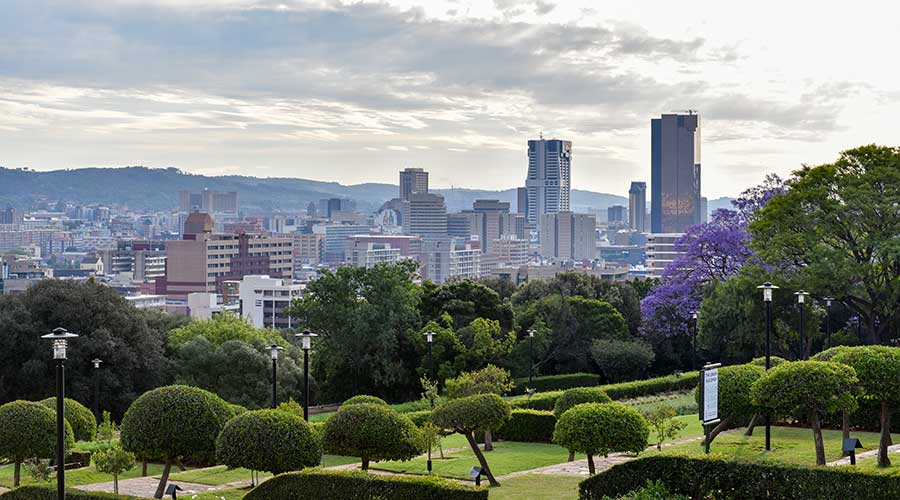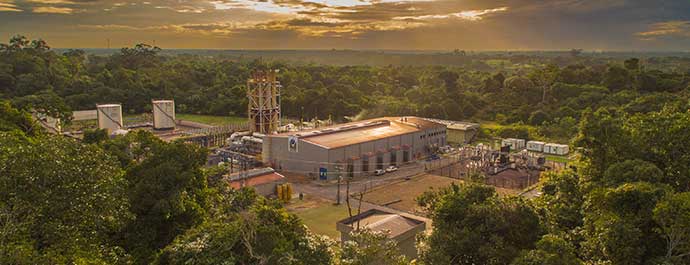
Wärtsilä

Latest insights
Articles
Case studies
Webinars
White papers
Latest press releases and news

Career at Wärtsilä
At Wärtsilä, we are always on the look for bright minds to join us in our journey in shaping the decarbonisation of marine and energy. Since 1834, Wärtsilians have challenged the general status quo and decided to make a difference in our society – together.
Sustainability at Wärtsilä
At Wärtsilä, sustainability is at the core of our purpose and strategy. We aim to be a profitable company that contributes towards the well-being of society by being a forerunner in sustainable solutions while demonstrating high ethical, and health and safety standards.


Wärtsilä as an investment
Wärtsilä's technology leadership and industry leading service network position us well to capture opportunities arising from the increased environmental focus in the marine and energy industries.
Contact us
Find general contact information as well as contact details for job seekers, suppliers, investors, media professionals and more.






















